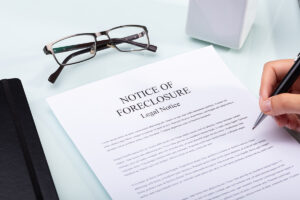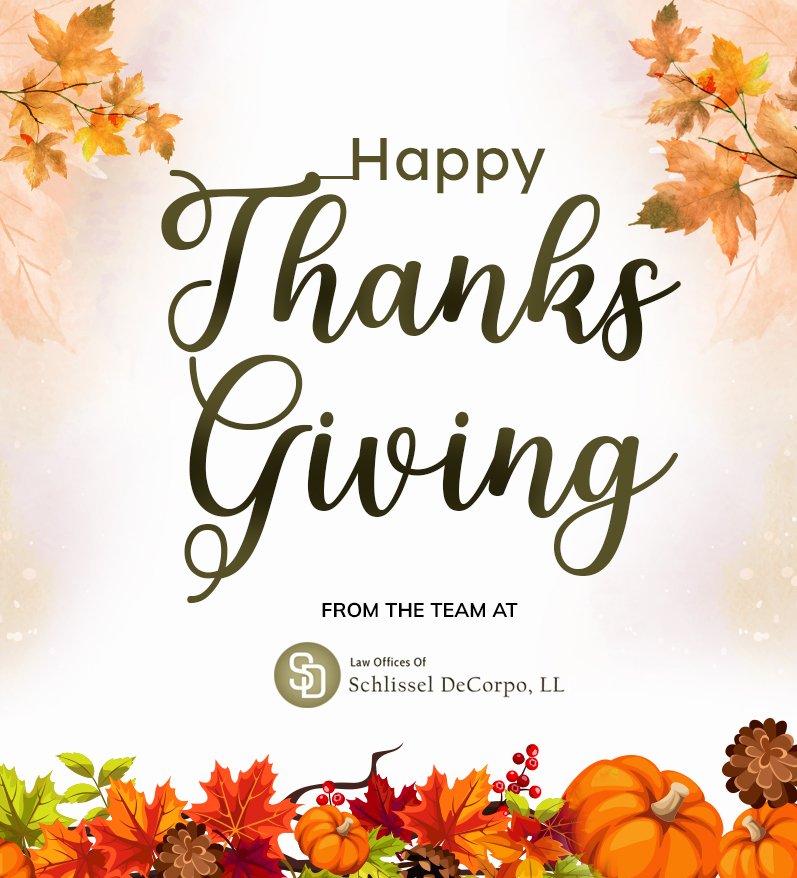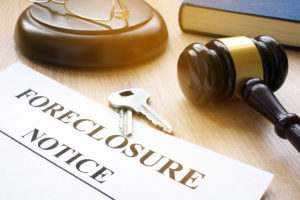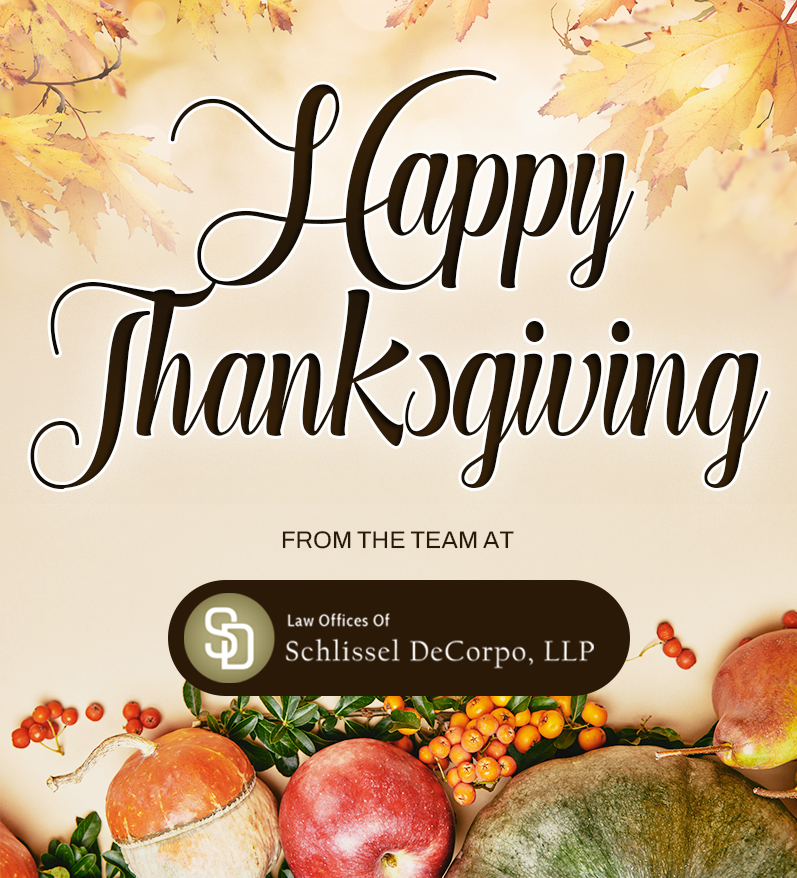 Life is not static. A families financial situations can change related to loss of employment, downsizing employment, financial tragedies, health issues, marital problems and many other issues. When a family falls behind on their mortgage payments it is important they do not ignore the issue. Immediate action should be taken to deal with the potential of a foreclosure and the loss the family’s most valuable asset, their home.
Life is not static. A families financial situations can change related to loss of employment, downsizing employment, financial tragedies, health issues, marital problems and many other issues. When a family falls behind on their mortgage payments it is important they do not ignore the issue. Immediate action should be taken to deal with the potential of a foreclosure and the loss the family’s most valuable asset, their home.
Lenders Action
A financial institution can take legal action when a homeowner falls 2 or 3 months behind in making their mortgage payments. The homeowner will usually receive initially a 90 day notice that their home is going into foreclosure. Thereafter, they will receive a Summons and Complaint from the attorneys from the financial institution outlining the reasons for the foreclosure and they are seeking to remove families ownership of their home and take back the home.
The Foreclosure Process
The foreclosure process in the State of New York is not something a homeowner can navigate or deal with on their own. The best way to deal with the foreclosure process is an early intervention on behalf of the homeowner by a dedicated, experienced foreclosure law firm.
The law office of Schlissel DeCorpo LLP has been representing homeowners for more than 30 years and has helped hundreds of homeowners keep their homes.
 The law office of Schlissel DeCorpo have been defending homeowners regarding mortgage issues for more than three decades. They can be reached at 516-561-6645, 718-350-2802, 631-319-8262 and 914-998-0080 or emailed at Elliot@sdnylaw.com.
The law office of Schlissel DeCorpo have been defending homeowners regarding mortgage issues for more than three decades. They can be reached at 516-561-6645, 718-350-2802, 631-319-8262 and 914-998-0080 or emailed at Elliot@sdnylaw.com.


 Upon being served with the summons and complaint, regarding notice of the
Upon being served with the summons and complaint, regarding notice of the 

 Homeowners who miss making mortgage payments may be facing the risk of being placed into foreclosure. A
Homeowners who miss making mortgage payments may be facing the risk of being placed into foreclosure. A  The plaintiff in this case, a financial institution, had appealed an order denying it summary judgment of foreclosure. A summary judgment motion is a motion that states there is no question of fact and the financial institution should be entitled to enter a
The plaintiff in this case, a financial institution, had appealed an order denying it summary judgment of foreclosure. A summary judgment motion is a motion that states there is no question of fact and the financial institution should be entitled to enter a  Mr. Yapkowitz and his wife both defaulted on making mortgage loan payments. At that time the servicing company handling the loan payments sent them a 30 day notice of default. This took place on January 22, 2009. In February 2010, the were notified the loan servicing was transferred went to NationStar Mortgage LLC. The mortgage was then assigned to Wells Fargo Bank in April of 2013. There was a denial of a motion for Summary Judgment (to obtain a judgment of foreclosure and sale without needing to go for trial) in July of 2018. An issue was raised by the decision of the Supreme Court with regard to whether each of the homeowner’s must receive a 90 day notice separately from the other borrower.
Mr. Yapkowitz and his wife both defaulted on making mortgage loan payments. At that time the servicing company handling the loan payments sent them a 30 day notice of default. This took place on January 22, 2009. In February 2010, the were notified the loan servicing was transferred went to NationStar Mortgage LLC. The mortgage was then assigned to Wells Fargo Bank in April of 2013. There was a denial of a motion for Summary Judgment (to obtain a judgment of foreclosure and sale without needing to go for trial) in July of 2018. An issue was raised by the decision of the Supreme Court with regard to whether each of the homeowner’s must receive a 90 day notice separately from the other borrower. $539 million dollars has been appropriated pursuant to an act of Congress for New Yorker’s who are in foreclosure or behind on their
$539 million dollars has been appropriated pursuant to an act of Congress for New Yorker’s who are in foreclosure or behind on their  There is approximately $539 million dollars allocated from federal funds to assist
There is approximately $539 million dollars allocated from federal funds to assist 




